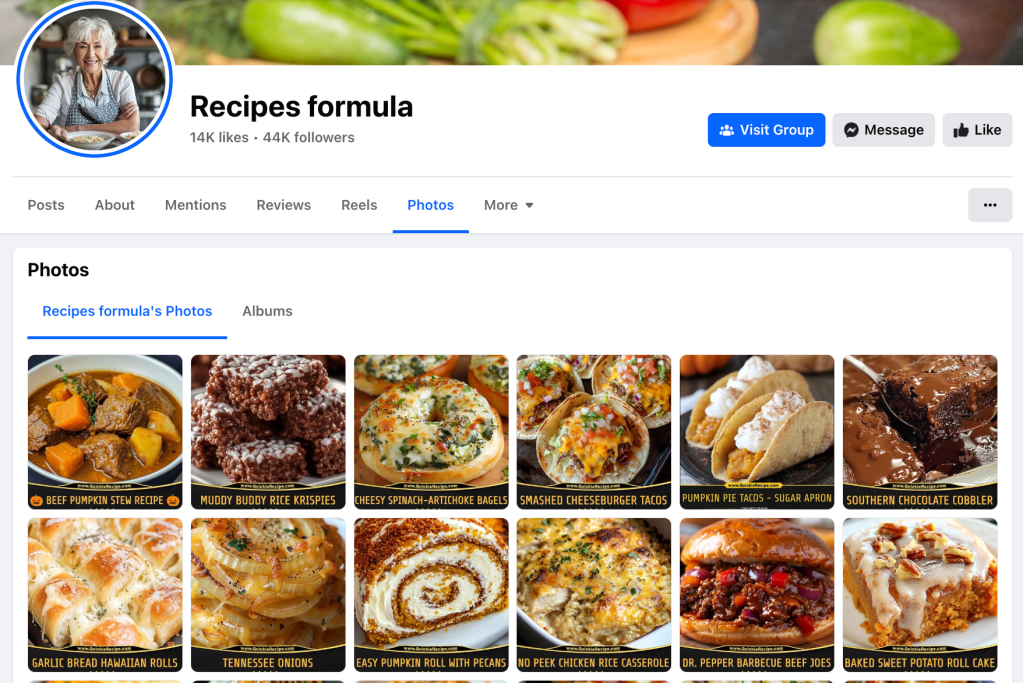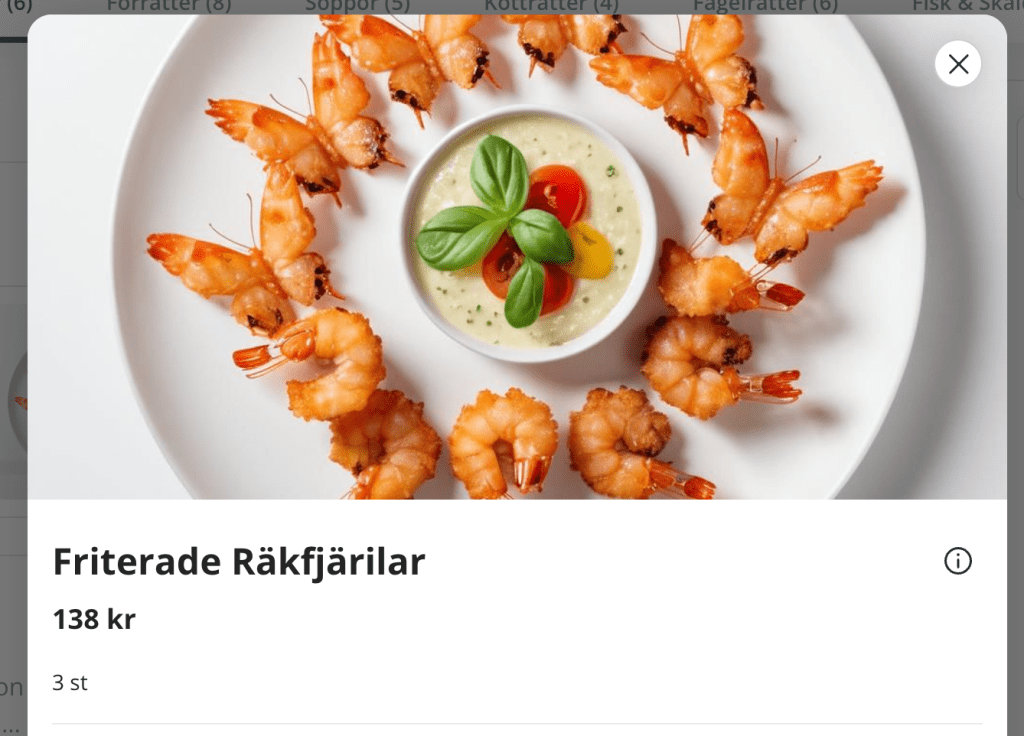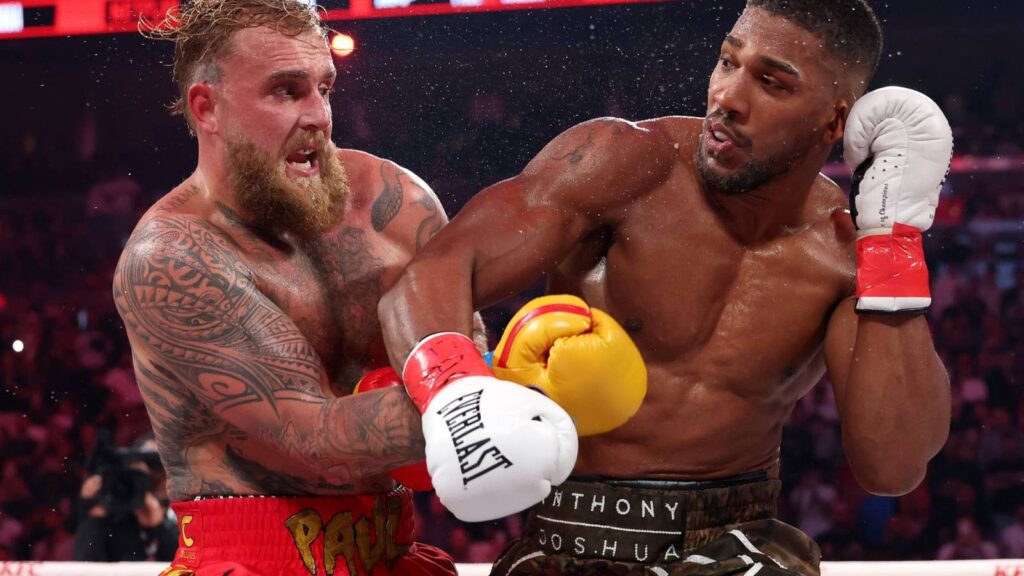AI Images May Be Changing the Way We Look at Food
On Sunday, Justine Moore, a partner at the Silicon Valley venture capital firm Andreessen Horowitz, tweeted about a curious discovery. It was an Instagram account with the handle @ethos_atx, which purported to represent an upscale restaurant called Ethos in Austin, Texas. But, as Moore noted, no such business exists — despite the account’s tens of thousands of followers and blue verification checkmark. And all the food on the page (along with pictures of “staff”) is AI-generated.
The comments on Ethos’ posts about outlandish foods like an arm-sized sausage or pizza in the shape of a foot (“feetza”) are a mix of generic praise from bots, a few seemingly authentic replies from gullible followers, and — at this point — lots of people bewildered that anyone could mistake the phony images for actual meals. It’s still not clear who runs the Ethos page, but they seem to intend it as an elaborate joke: there’s a post about Amazon chairman Jeff Bezos serving cocktails at the bar because he came in last in a fantasy football league, and the linked website claims that reservations become available at “4:30 a.m. of the first Monday of every month,” in a satirical swipe at overhyped bougie eateries. It also appears the prankster has found a way to monetize their gag, selling Ethos T-shirts with winking catchphrases like “Unreal Flavors.”
But beyond this particular stunt, AI-generated food content has infected the culinary side of the internet in more troubling ways. Over on Facebook, a platform that has effectively incentivized all manner of weird AI spam, cooking pages are rife with AI pictures that supposedly show the finished results of a particular recipe. A page called “Recipes formula,” for example, features a profile picture of a “chef” who has an inexplicable third hand and shares image after image of dishes whose texture and color are just slightly uncanny — if you know what to look for. These are paired with text recipes either directly copied from other websites or generated by AI programs that have scraped such material. (That in itself is something of a problem for home cooks in an age when Google AI is recommending Elmer’s glue as an ingredient for tomato sauce.) Despite all this, the page has 44,000 followers.

A similar Facebook page, “Cook Fastly,” uncovered by the pseudonymous data researcher and software developer Conspirador Norteño this week, gives the name of its non-existent female author as “David” (though a separate website identifies her as “Lojaine”). It, too, courts engagement from tens of thousands of subscribers with images of dinners and baked goods that have a sort of immaculate sheen you wouldn’t see on real food. Of course, there are occasionally more glaring clues to the artifice, as when the AI model fails to replicate the Oreo logo.
It wasn’t long ago that AI struggled to reliably produce food that stirred our appetites at all, more often generating freakish and off-putting fare. Yet in an academic paper published by the journal Food Quality and Preference earlier this year, researchers found that AI models tended to make food “appear somewhat glossier and with warmer and more uniform lighting,” enhancing its appeal. In fact, participants in the study rated AI-generated images as “more appetizing than real photos” when not informed of which images were fake and which were authentic. While participants were also fairly good at spotting AI material — especially when the models tried to mimic ultra-processed food like fries and milkshakes — psychologist Charles Spence of the University of Oxford, who co-authored the paper, warned of the potential consequences of brands and creators in the food industry relying on this tech.
“While AI-generated visuals may offer cost-saving opportunities for marketers and the industry by reducing the cost of commissioning food photoshoots, these findings highlight potential risks associated with exacerbating ‘visual hunger’ amongst consumers — the phenomenon where viewing images of food triggers appetite and cravings,” Spence said in an interview on his work. “This could potentially influence unhealthy eating behaviors or foster unrealistic expectations about food among consumers.”
The gap between perception of food and the reality has already become an issue in the business of meal delivery. The Indian delivery company Zomato, for instance, recently announced an anti-AI stance and encouraged its restaurant partners to do the same, citing “concerns over customer trust and the negative impact on business.” Its CEO, Deepinder Goyal, vowed to “actively start removing such images from menus” and use automation tools to “detect and reject” new ones. Taking the exact opposite approach, the delivery company Foodora, which services countries in northern and central Europe, said earlier this year that it was “implementing AI to elevate our partners’ photos.”
That decision produced some disastrous results, with Foodora users soon noticing aberrations including sandwiches depicted as plain baguettes and a plate of fried butterflied shrimp where an AI model spat out butterfly shapes that had the visual the texture of cooked shrimp. The company told media outlets that they had been conducting “tests” with AI tools and were taking steps to remove the bogus images.

It’s just more evidence — as if we needed it — that no sector of online life is safe from the scourge of AI garbage. Even far from the morass of toxic politics, misinformation and conspiracy theories, this software is eroding our trust in what’s true and displacing it with bizarre hallucinations. Tech evangelists may still believe in the transformative power of an ongoing AI revolution, but for everyone else, the gimmick is starting to leave a bitter taste.





